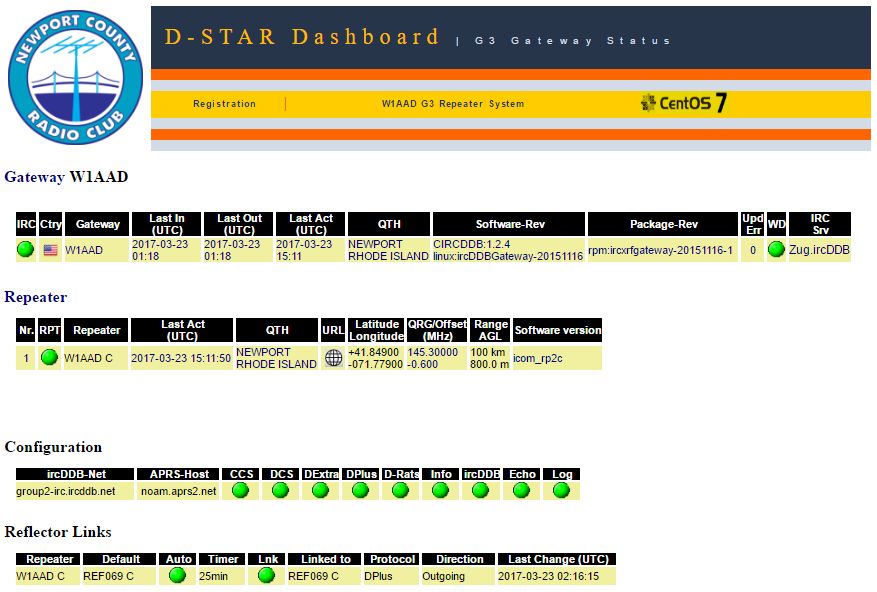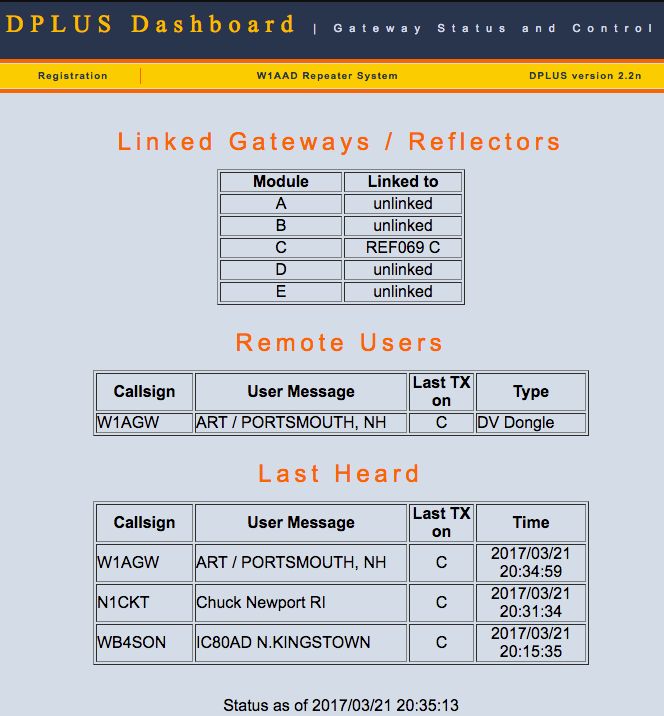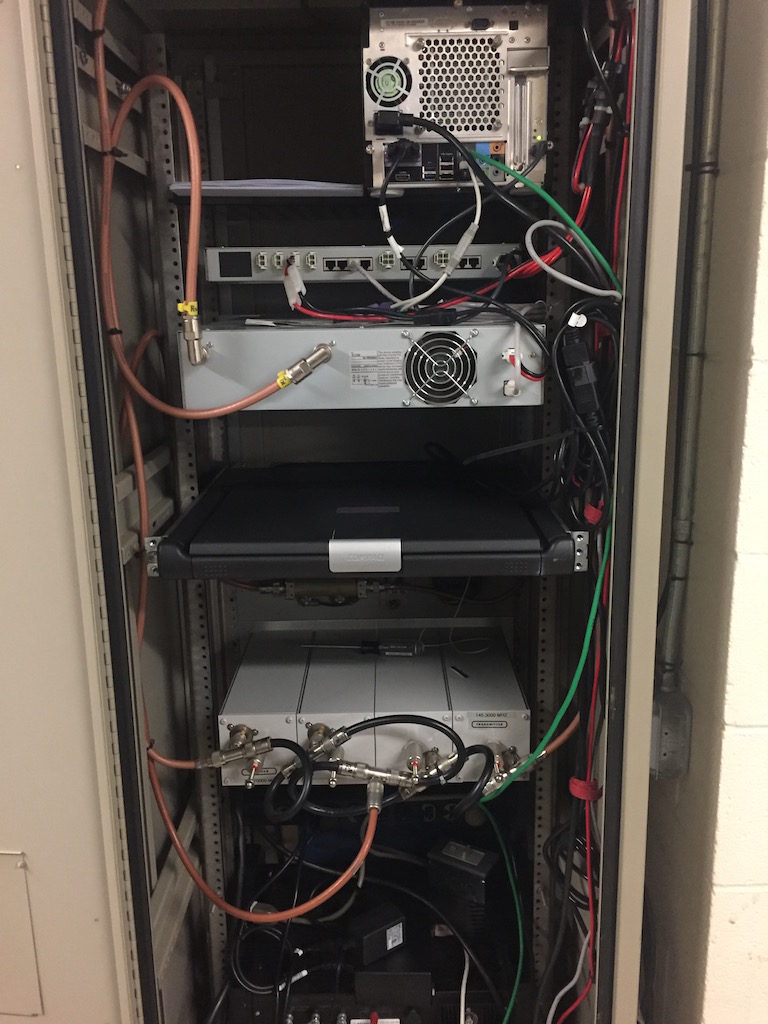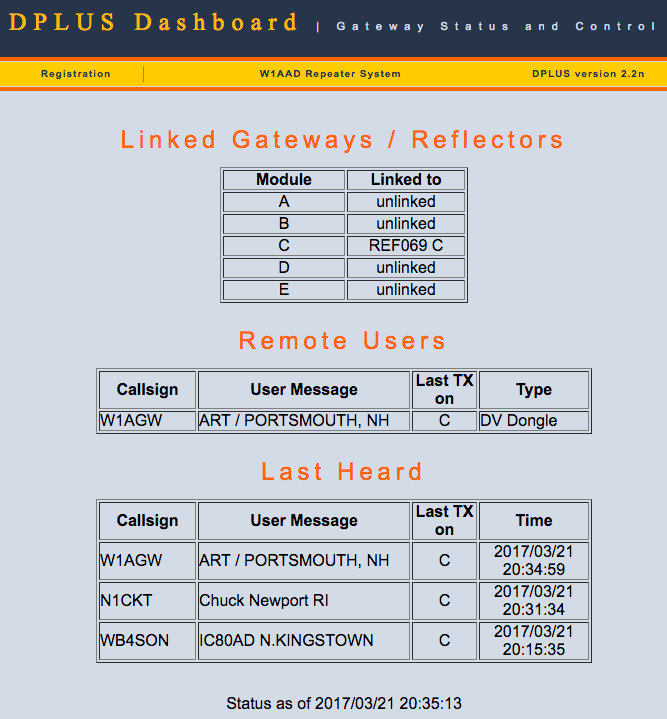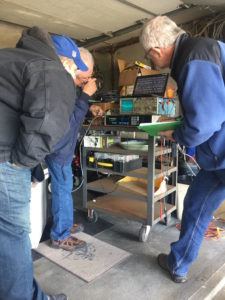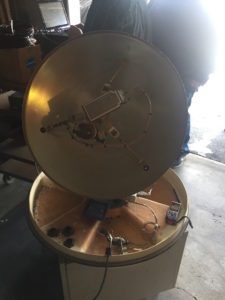The NEQP is a great time to check out antenna systems and offers a moderately paced opportunity to work new states and countries. You’ll find a wide variety of participants, from newcomers to experienced contesters, all interested in making contacts with New England stations.
We’re working to make sure that all of the New England counties are active again this year and would appreciate your help. Get on for at least an hour or two and join in on the fun. Please let me know if you can put in any time at all so we can work on activity from the rarest counties. Will you be QRV? Let us know which county you’ll be on from with a message to info@neqp.org
Oh yes, the NEQP is also lots of fun when mobile. Every time you cross a county line the action starts over again. It’s amazing what a 100w radio and mobile whip can do.
The QSO Party is 20 hours long overall, in two sections with a civilized break for sleep Saturday night. It goes from 4pm Saturday until 1am Sunday, then 9am Sunday until 8pm Sunday. Operate on CW, SSB and digital modes on 80-40-20-15-10 meters. For each QSO you’ll give your callsign, a signal report and your county/state. Top scorers can earn a plaque and everyone who makes 25 QSOs and sends in a log will get a certificate.
Last year we had logs from 179 New England stations and 300 more from around the country and world.
The full rules are here -> http://www.neqp.org/rules.html

